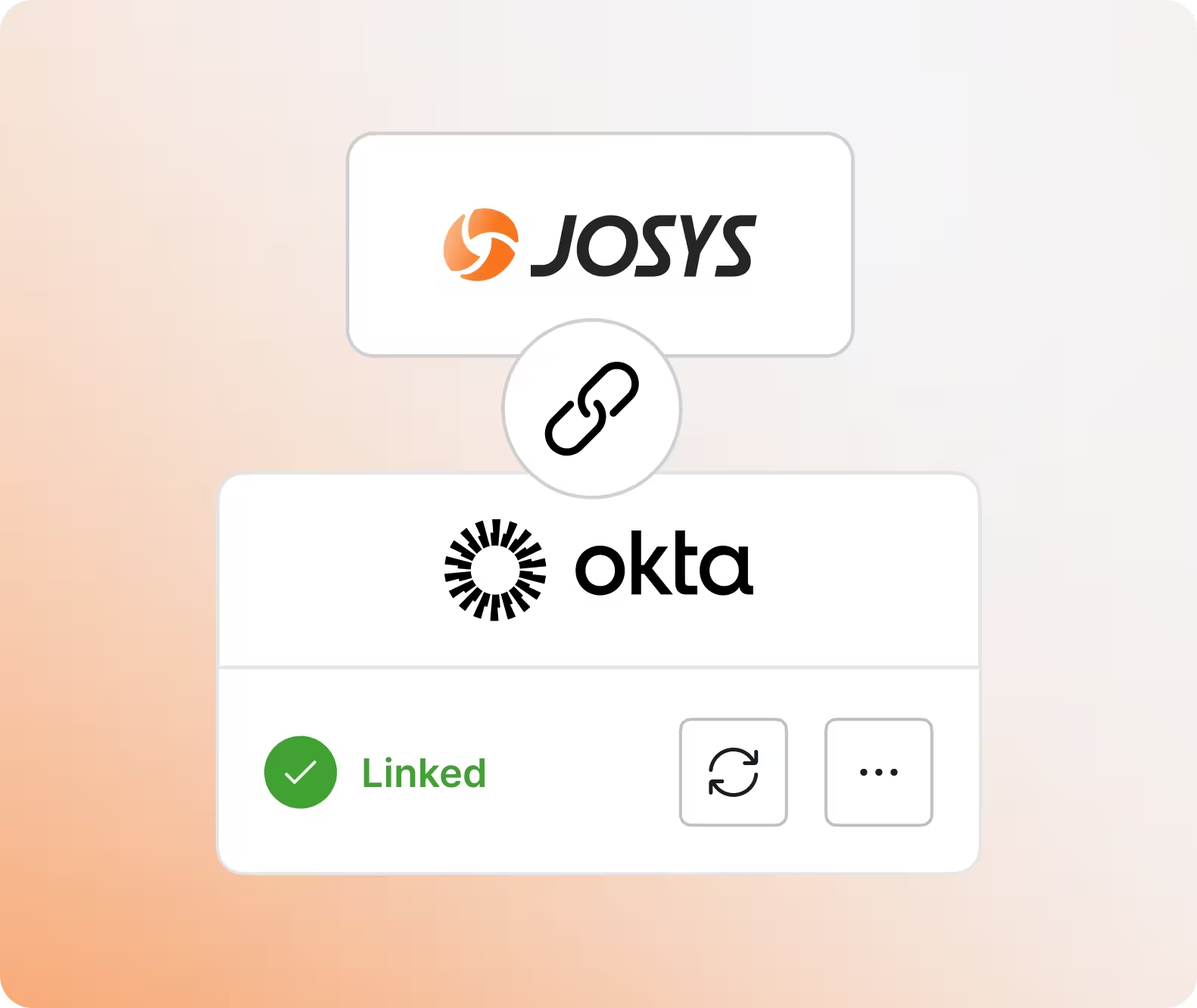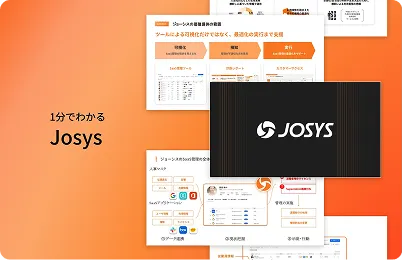Device Management – The Importance of Keeping Inventory of Your Company Assets
Join hundreds of companies and start your SaaS management journey today
.avif)
In today's fast-paced business environment, companies rely more on diverse assets than ever. From cutting-edge tech devices that drive daily operations to specialized tools that cater to industry-specific needs, these assets form the backbone of modern enterprises. However, as the list of assets grows, so does the challenge of managing them. Misplaced devices, untracked tools, or even forgotten software licenses can lead to operational inefficiency, financial losses, and security vulnerabilities.
Central to this challenge is the profound need for a thorough inventory of company assets. It transcends mere awareness of what assets are on hand. It's about pinpointing their location, identifying their users, and discerning their role in achieving the company's objectives. This isn't just a numerical tally; it's a commitment to ensuring that every asset, from the most advanced computer to specialized equipment, is accounted for and used to its fullest potential and kept in prime condition.
The Necessity of a Centralized Dashboard
Imagine the power and convenience of having a dashboard that visualizes every asset in the company—no more sifting through spreadsheets, manual counts, and guesswork. With a centralized dashboard, IT managers and decision-makers can see, at a glance, the status of every asset, from its current user to its maintenance schedule.
Such a dashboard isn't just about visualization; it's about efficiency. When an employee needs a device, the IT department can instantly check its availability. When a particular device is due for maintenance or replacement, notifications can be sent out automatically. And perhaps most importantly, in the event of an audit or a security check, having a centralized system ensures that every asset is accounted for, reducing risks and ensuring compliance.
Beyond Just Tracking: Understanding Device Lifecycles
In asset management, knowing where a device is located is the tip of the iceberg. To truly harness the potential of each asset and ensure optimal performance, companies must delve deeper into the concept of the device lifecycle. This lifecycle encompasses every phase of an asset's journey within the organization, from when it's procured to when it's retired.
The device lifecycle can be broken down into several key stages:
- Procurement: The initial phase is where the device is purchased and introduced into the company's ecosystem. It involves selecting the right device based on company needs, budget considerations, and future scalability.
- Deployment: Once procured, the device is set up, configured, and assigned to an employee or department. This stage ensures the device is ready for optimal performance from day one.
- Maintenance: Over time, devices require updates, repairs, or upgrades. Regular maintenance ensures that the device operates efficiently and securely throughout its tenure.
- Depreciation: As devices age, their value decreases in terms of financial worth and operational efficiency. Recognizing this depreciation is crucial for budgeting and planning future procurements.
- Retirement: Eventually, devices reach the end of their operational life. Whether they're recycled, resold, or disposed of, managing this phase is essential to ensure data security and environmental responsibility.
One of the most critical aspects of the device lifecycle is recognizing when a device is nearing the end of its effective operational life. This is where timely notifications for device refreshes come into play. By receiving alerts about impending device retirements or depreciations, companies can proactively plan replacements, ensuring no disruption in operations. This keeps the tech infrastructure up-to-date and ensures employees have the best tools, increasing productivity and satisfaction.
The Pitfalls of Spreadsheet Dependency
For many organizations, spreadsheets have long been the go-to tool for asset management. At first glance, they seem ideal: they're familiar, flexible, and can be easily shared and updated. However, as companies grow and their asset portfolios expand, the limitations and risks of spreadsheet dependency become glaringly evident.
Common Issues with Spreadsheet-Based Asset Management:
- Susceptibility to Errors: Spreadsheets are only as accurate as the individuals updating them. A single misentry, accidental deletion, or oversight can lead to significant discrepancies. Over time, these errors can accumulate, leading to a distorted view of the company's assets.
- Security Concerns: Spreadsheets lack efficient security features. Whether it's unauthorized access, accidental sharing, or data breaches, the sensitive information contained within spreadsheets is often at risk.
- Challenges in Keeping Updated: Ensuring the spreadsheet is consistently updated becomes a Herculean task as the number of assets and stakeholders grows. Multiple versions might circulate, leading to confusion about the most recent or accurate.
Asset Retrieval and Reassignment: Efficiency and Savings
Employees come and go, whether due to career moves, retirements, or organizational changes. However, the assets they use—a laptop, a mobile device, or specialized equipment—remain company property. Managing the retrieval and reassignment of these assets is crucial, not just from a financial perspective but also for operational efficiency.
The Retrieval Process:
When an employee departs, it's essential to have a systematic process in place for retrieving company assets. This involves:
- Inventory Check: Comparing the assets assigned to the departing employee against what's returned. This ensures that nothing is overlooked or misplaced.
- Data Security: Before reassigning, devices, especially tech gadgets, need to be wiped clean of any data to ensure confidentiality and security.
- Maintenance and Quality Check: Ensuring the returned asset is in good working condition and performing necessary maintenance or updates before reassignment.
The Power of Efficient Reassignment:
Once assets are retrieved, they can be reassigned to other employees. This process offers several benefits:
- Cost Savings: Assigning existing assets can lead to significant savings instead of purchasing new devices or equipment. Over time, as this process is repeated, the cumulative savings can be substantial.
- Operational Efficiency: Having a system ensures that new or transitioning employees have the tools they need without delay. This reduces downtime and ensures that teams remain productive.
- Environmental Responsibility: Reusing and reassigning devices reduces electronic waste, aligning with sustainable and eco-friendly business practices.
Conclusion
As we've explored, merely possessing assets isn't enough. The real challenge, and opportunity, lies in effectively managing them throughout their lifecycle. From procurement to retirement, every stage offers potential pitfalls and avenues for efficiency and savings.
Furthermore, in the face of inevitable employee turnover, robust asset retrieval and reassignment processes can lead to substantial cost savings and operational continuity. It's not just about reclaiming devices; it's about ensuring they're quickly and efficiently put back into the operational cycle, maximizing their value.
To all IT operations managers, CTOs, and Managed Service Providers (MSPs) reading this: the digital age demands a proactive approach to asset management. It's time to evaluate your current strategies, recognize the gaps, and consider the undeniable benefits of modern solutions. Josys can help. Sign up for a demo of the device management and SaaS management platform. By doing so, you'll position your organization for success and pave the way for a future of growth, efficiency, and innovation.
over your SaaS?
Sign-up for a free Josys account to transform your IT operations.



















